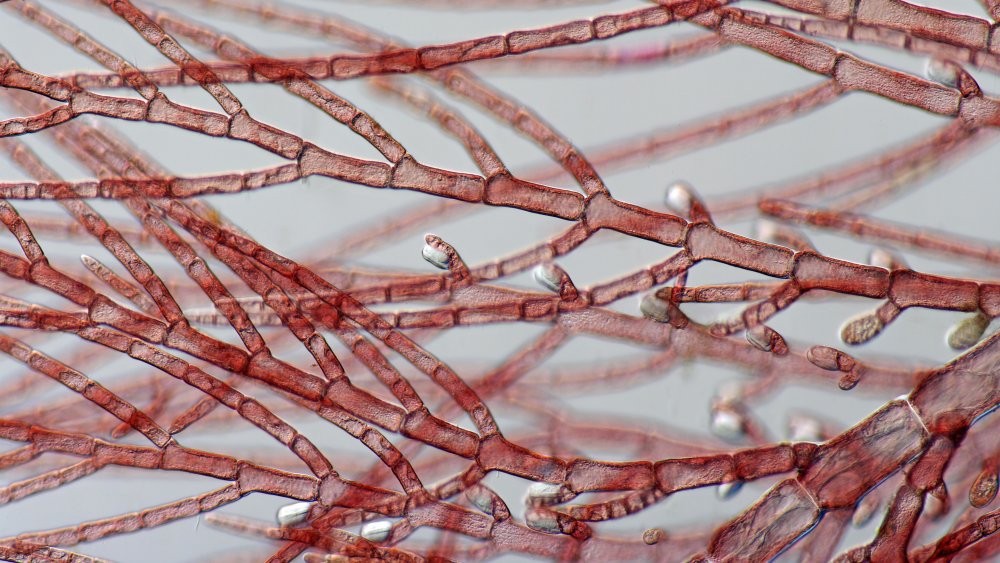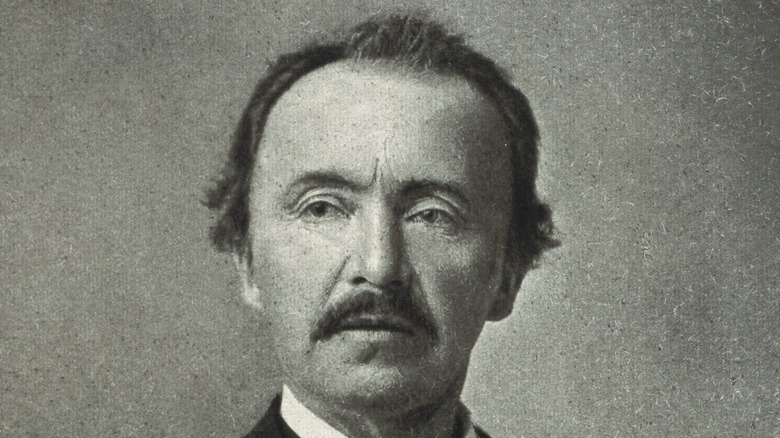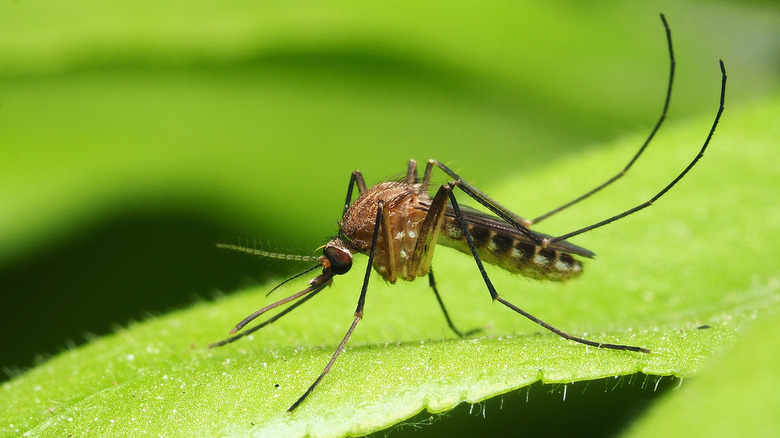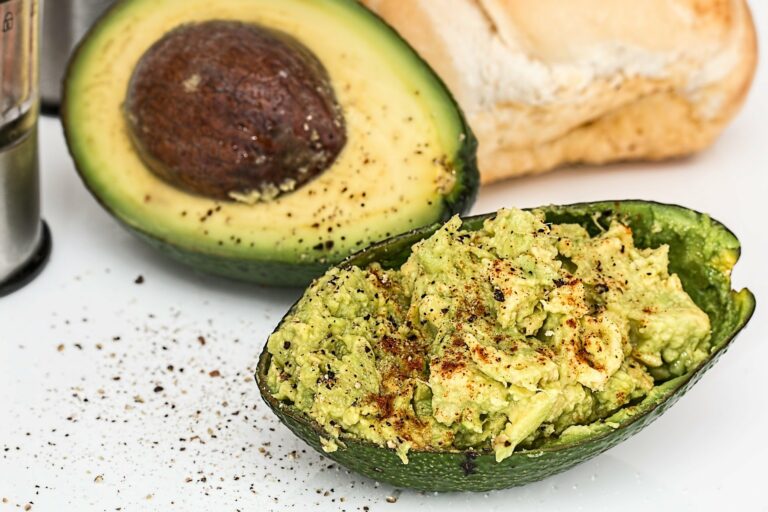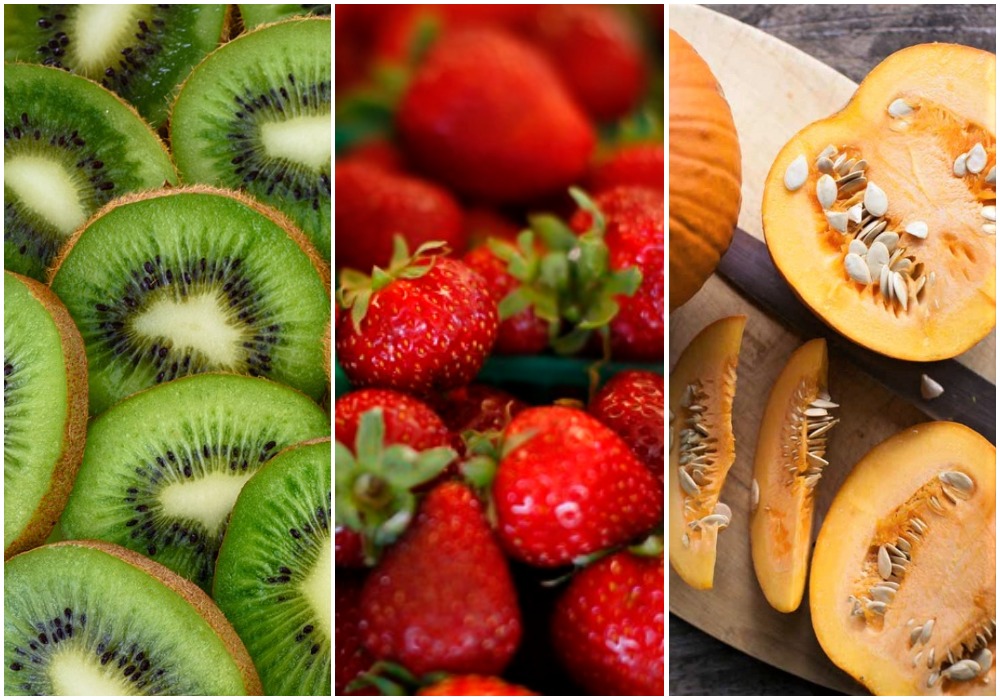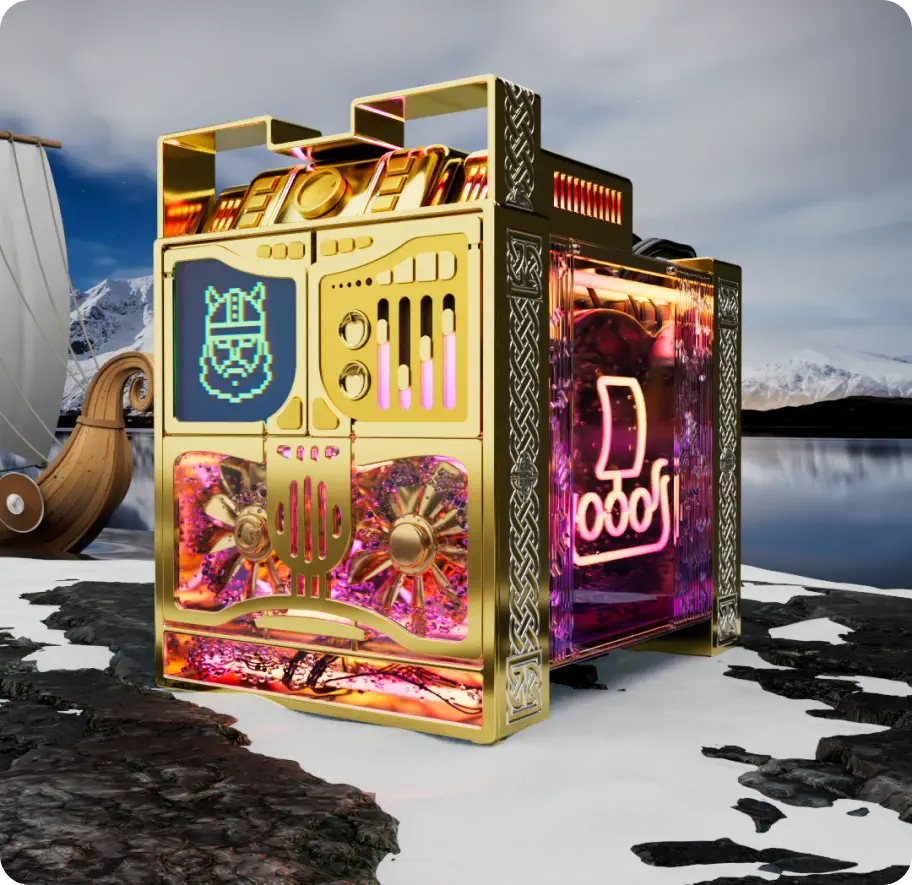
The Truth About Antarctica’s ‘Blood Snow’
Antarctica’s balmy summer season is finally here, but don’t pack up your swim trunks just yet. While 65-degree temperatures on the frozen continent might sound appealing, the scenery looks like something out of a Stephen King novel..
If the first images of record-breaking glacial melt didn’t send you running for your climate comfort blanket, how about these latest images of bloody ice shelves calving into unforgiving seas? No, that’s not the album artwork for some operatic heavy metal concept album about the dangers of climate change. These are actual photos of a disconcerting phenomenon taking place right now on Antarctic ice sheets. In recent weeks, an area off the coast of Antarctica’s northernmost peninsula has become coated with a dark red substance that researchers are calling “watermelon ice”, “raspberry snow”, and “blood snow” depending on who you ask.
Algae is the culprit
The red pigments clotting these formerly fresh white vistas are actually a kind of algae native to snowfields and mountains around the world. According to Live Science, this algae, known as Chlamydomonas nivalis, lies dormant during the harsh winter months only to bloom come summer, spreading its bloody spores across the landscape. Compounds called carotenoids give the algal spores their characteristic red pigment. It’s actually the same pigment that grants pumpkins and carrots their orange hue.
Researchers have always observed some C. nivalis blooms during the Antarctic summer, but this year the blooms have grown to match the frozen continent’s record heat. As a result, atmospheric scientists fear the excess dark pigment may set off a dangerous feedback loop for the climate.
Ukrainian researchers highlighted the problem on their Facebook page: “Snow blossoms contribute to climate change. Because of the red-crimson color, the snow reflects less sunlight and melts faster. As a consequence, it produces more and more bright algae.” In other words, dark algal blooms raise temperatures and raised temperatures increase algal blooms. Yikes. The image of a shrinking glacier slowly bleeding to death might be poetic if it wasn’t so terrifying.

This Is What Happened To Pablo Escobar's Colombia Estate
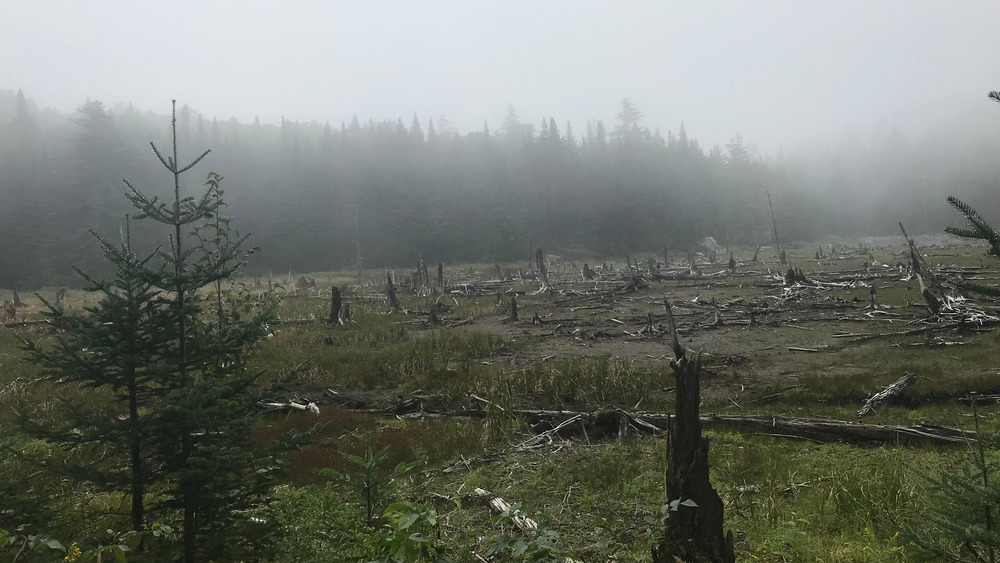
What You Need To Know About The Mysterious Bennington Triangle Disappearances

How A Teen Plummeted 2 Miles Out Of An Airplane And Survived
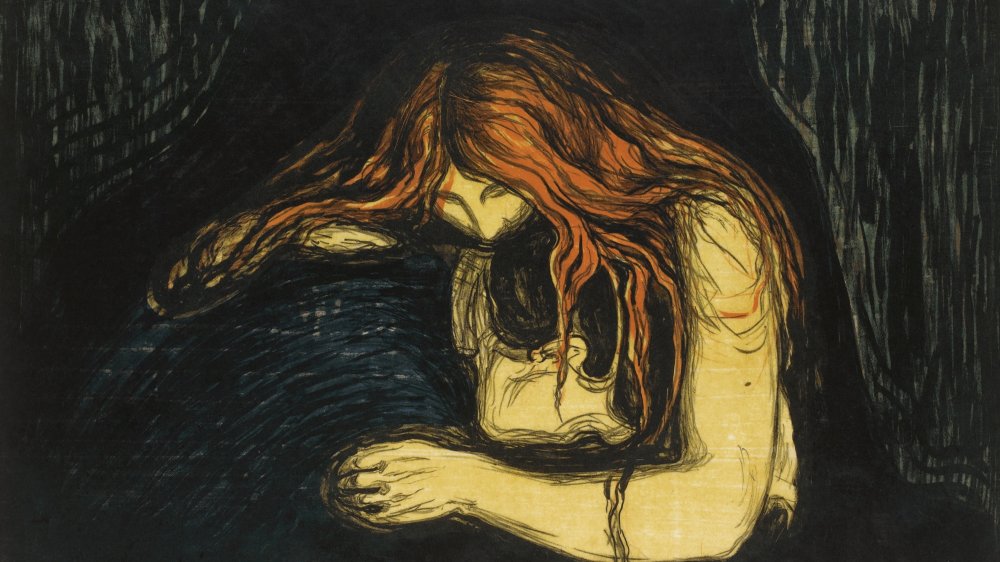
The Crazy True Story Of The New England Vampire Panic

The Crazy History Of Necromancy Explained

Snoop Dogg Made A 'Beyond Sausage' Donut Sandwich For Dunkin'
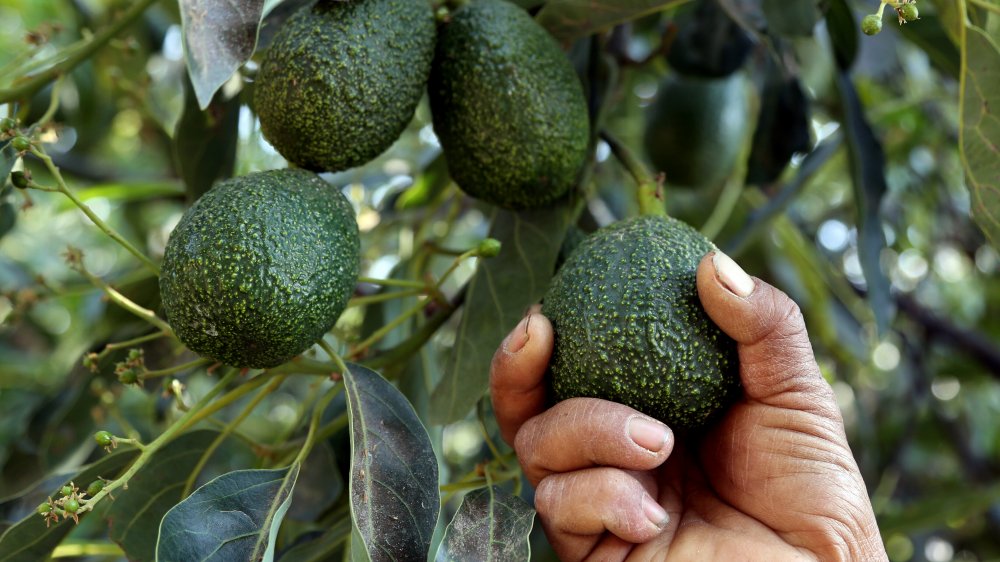
The Reason Mexican Avocado Farmers Have Assault Rifles

The Untold Truth Of Paranormal Investigator Lorraine Warren

The Biggest Halloween Myths You've Been Believing

The Craziest Cases Of Mistaken Arrest
